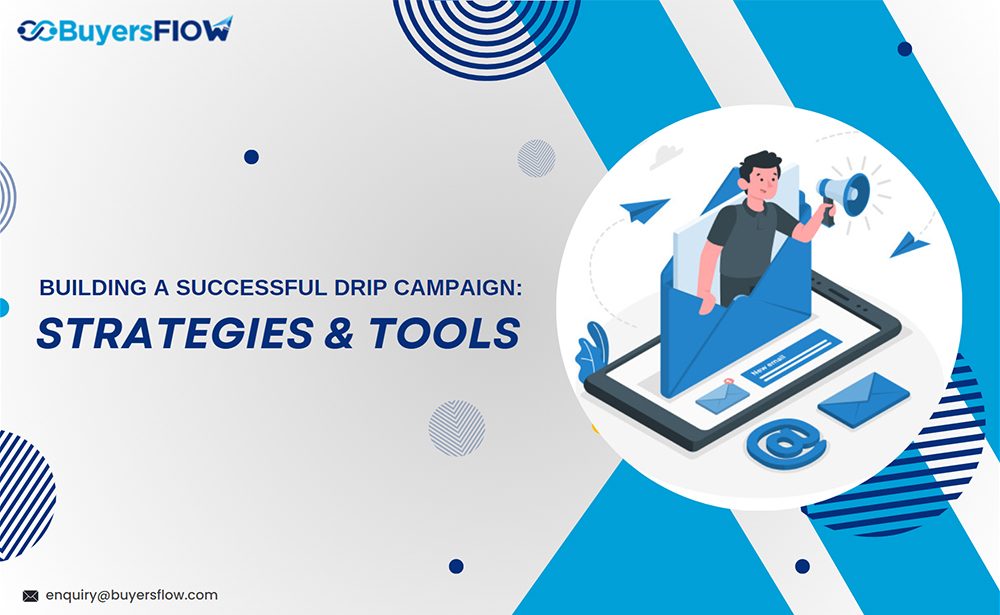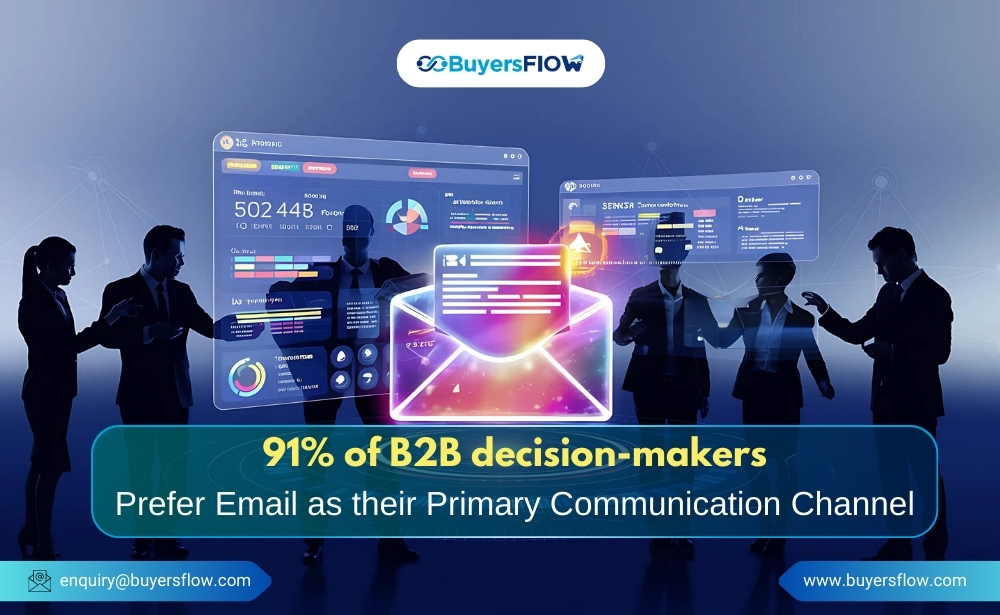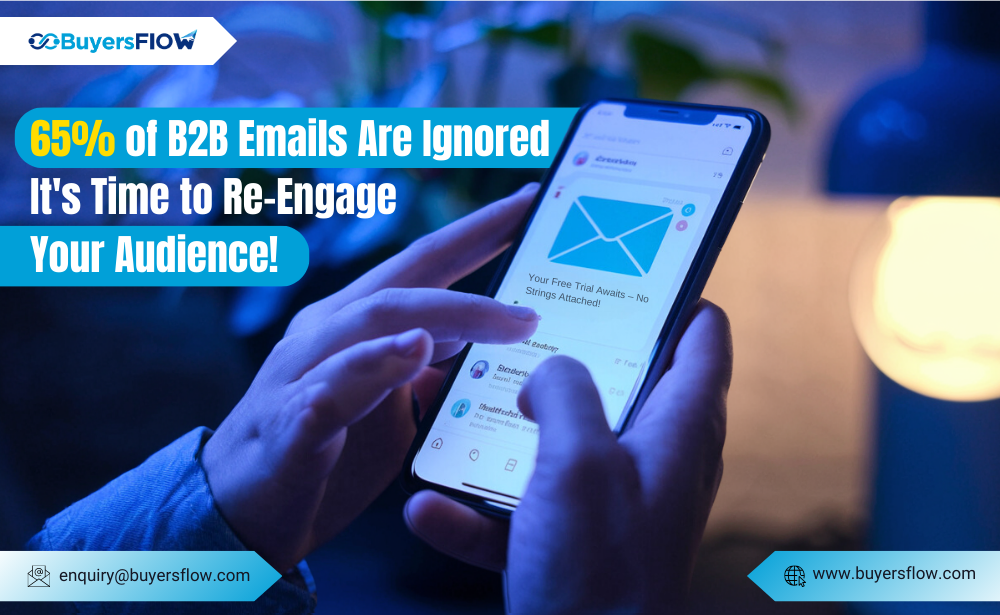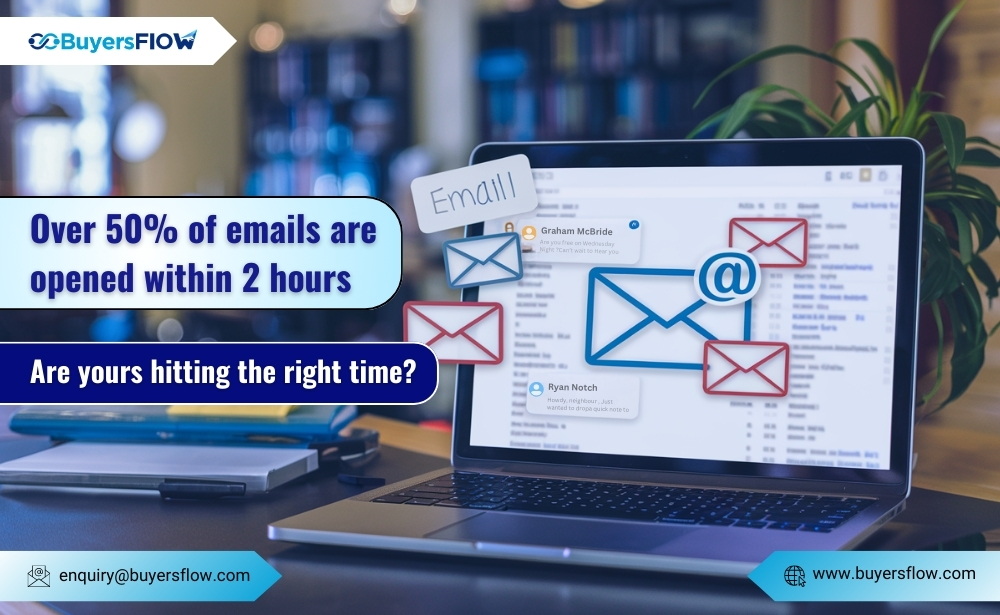Drip campaigns are a highly effective email marketing strategy used to engage subscribers at the right moment, with personalized content that guides them through the buyer’s journey. Whether nurturing leads, onboarding new users, or encouraging repeat purchases, a well-structured drip campaign can significantly enhance customer relationships and drive conversions. This blog will explore essential strategies and tools to create and manage successful drip campaigns.
Understanding Drip Campaigns
A drip campaign involves sending a series of marketing emails automatically on a schedule or based on specific user actions. These emails are designed to deliver relevant information gradually, keeping subscribers engaged over time without overwhelming them. Drip campaigns can be used for various purposes, including lead nurturing, customer onboarding, renewal reminders, or to encourage specific actions like upgrading a service.
Key Strategies for Effective Drip Campaigns
1. Define Your Goals and Audience
Start by clearly defining the goals of your drip campaign. Are you looking to convert leads into customers, onboard new users, or re-engage inactive customers? Once your goals are set, segment your audience based on their behaviors, demographics, or engagement levels to tailor your messages effectively.
2. Craft Compelling Content
The success of your drip campaign hinges on the relevance and quality of your content. Each email should provide value and gently guide your subscribers to the next step. For instance, an onboarding campaign might start with basic product features and gradually advance to more complex functionalities.
3. Personalize Your Emails
Personalization is key to making each subscriber feel valued. Use data from user interactions, purchase history, and previously collected information to customize the content of your emails. Address recipients by name, reference their specific needs or interests, and make recommendations based on their past behaviors.
4. Time Your Emails Strategically
The timing and frequency of emails can greatly impact the effectiveness of your drip campaign. Plan your emails to correspond with specific stages in the customer journey. For example, send a welcome email immediately after a subscription, followed by gradual educational content, and then sales-oriented emails once the user is more engaged.
5. Utilize Effective Calls to Action
Every email in your drip campaign should have a clear, actionable call to action (CTA) that aligns with the overall campaign goals. Whether it’s encouraging a download, a purchase, or another engagement step, your CTA should be clear and compelling.
6. Measure and Optimize
To ensure your drip campaigns are performing well, regularly analyze key performance indicators such as open rates, click-through rates, conversion rates, and bounce rates. Use this data to tweak your emails and improve effectiveness over time.
Essential Tools for Drip Campaigns
Several powerful tools can help you design, execute, and manage drip campaigns effectively:
BuyersFlow provides robust automation features that allow you to set up complex drip campaigns with ease. With its intuitive interface, you can create personalized workflows based on user behavior, making it easier to send the right message at the right time.
A/B Testing Tools
Use A/B testing to experiment with different email subject lines, content, and sending times to see what works best with your audience. Tools like Optimizely or VWO can integrate with your email campaigns for effective testing.
Analytics and Reporting
Platforms like Google Analytics and native reporting features in your email marketing software can provide insights into how your emails are performing. These insights are crucial for optimizing your campaigns and achieving better results.
Conclusion
Drip campaigns are a dynamic and effective way to engage with your audience systematically. By following these strategies and leveraging the right tools, you can build drip campaigns that foster lasting relationships and drive significant business outcomes. Remember, the key to successful drip campaigns is relevance, personalization, and timely engagement. With careful planning and execution, your drip campaigns can become a cornerstone of your email marketing strategy.





